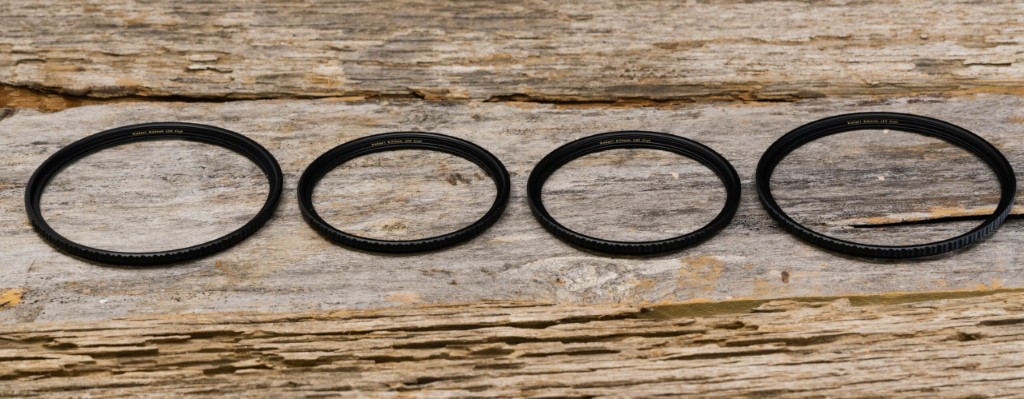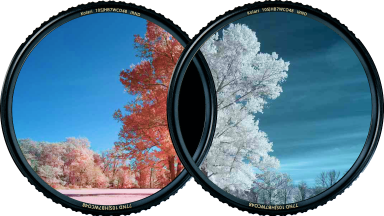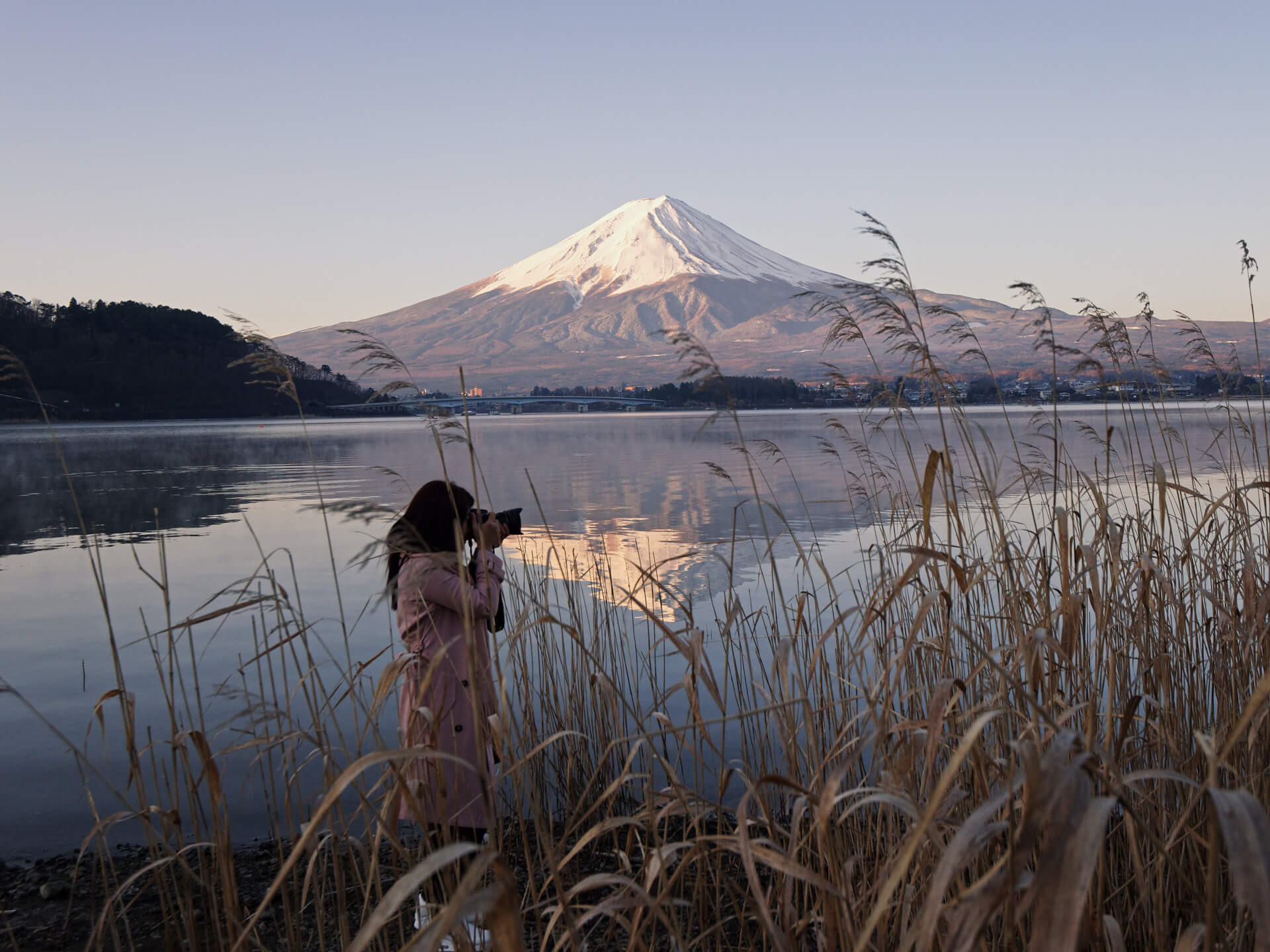I am a big fan of white space. I love a little breathing room and a clear open sky in my photography compositions. However, there are some times when filling the frame works best, and that’s the photography decision I’m going to help you make today.
A solid composition can take your photo from a cute moment or pretty light to an impactful emotion-inducing story. When they say that a picture is worth a thousand words, they really mean that a well-composed picture can tell a compelling story, while a snapshot is quickly forgotten.
In this article, we’re talking about when to fill the frame and draw your viewer directly into the moment. We’ll discuss the importance of intentionally deciding whether to fill the frame or leave negative space.
To Fill or Not To Fill the Frame
Your frame is the boundaries of your photograph, and filling it means you don’t leave a lot of empty space. Filling the frame can have adverse effects if done unintentionally because it will create a hectic and cluttered space. Conversely, this composition technique can create impact, emphasize details, or eliminate distractions.
By filling the frame, we should eliminate distractions, not add them in. For example, I wouldn’t take a picture of your grandparents’ entire cluttered room with all their memorabilia from an 80-year life. Instead, I would get closer to one key heirloom and allow its uniqueness to fill my frame, eliminating all other distractions.
Filling the frame brings the subject into focus, revealing details, patterns, and textures and drawing the viewer closer to the intimate emotion of the subject. In contrast, intentionally including negative space can help enhance a composition through the added breathing room or context.
Be Positive About Negative Space
Negative space is a very positive thing. Think back to that grandparents’ cluttered room and instead imagine the living room of a minimalist. When you have space to breathe, the image is much more calming.
Images with a lot of negative space are also great for designing websites or flyers; you need room to write a slogan without it becoming distracting. However, there are times when getting in close and filling the frame is more impactful.
If you want to draw your viewer into the emotion of a scene, filling the frame can help them feel like they are in the action. Similarly, you can bring small details like flowers closer into view, emphasizing an otherwise overlooked beauty. It’s up to you to decide if filling the frame will enhance the intended message of the photograph.
Filling the Frame in Different Types of Photography
The decision to fill the frame in different types of photography depends on your creative vision, the subject, and the story you want to convey. Let’s talk through some examples in different genres so you can consider what you would do in the same circumstances. I’ll do it for the main types of photography I shoot, and then you do it for your genres.
Let’s take landscape and adventure photography, for example. You might immediately think that having a lot of white space is expected in landscape photography because of the vast scenes the photographer is capturing. However, filling the frame can accentuate specific elements, highlight interesting details, and create visually compelling compositions.
Consider event photography, such as a wedding. The photographer might use negative space to capture an overall scene and tell the romantic mood of the setting. And then, they might fill the frame to create intimate images that focus on the people’s emotions.
How to Fill the Frame
The easiest way to fill the frame is to move closer to your subject. Fill the frame with the subject, allowing it to dominate the entire frame or occupy a significant portion of it. This approach creates impact and emphasizes details, drawing the viewer in to feel like they were actually there because you, as the photographer, were actually there.
As you fill the frame, make sure you are successfully eliminating distractions. Be aware of the background and ensure it is clean, uncluttered, and doesn’t compete with or distract from the subject. Sometimes you’ll want to try to shoot from different angles or perspectives to help fill the frame while eliminating distractions.
For example, sometimes, if your perspective is too high, you’ll see clutter on the floor or table near your subject. However, if you get lower and angle higher, you can frame your subject against a clean wall or even frame them in a doorway or window. Just because you’re filling the frame doesn’t mean you abandon all your other composition techniques; instead, combine them creatively for maximum impact.
Conclusion
There are times to fill the frame and times to leave room for negative space. The main thing is to be purposeful and make informed decisions. Consider the importance of the subject and its relationship to the overall narrative as well as how the photograph will be utilized.
Whether you choose to fill the frame or leave negative space, the goal should always be to focus on the subject and eliminate distractions. Ask yourself when getting closer will simplify the composition versus when getting further will. You can also adjust your angle and perspective on the scene to simplify your composition.
Consider the types of photography you shoot and take notes on when you could use negative space versus filling the frame for maximum impact.
Author Bio:
Marc and Brenda Bergreen are a husband and wife photo and video team based in Evergreen, Colorado. They photograph weddings and other adventurous stories in beautiful places.













